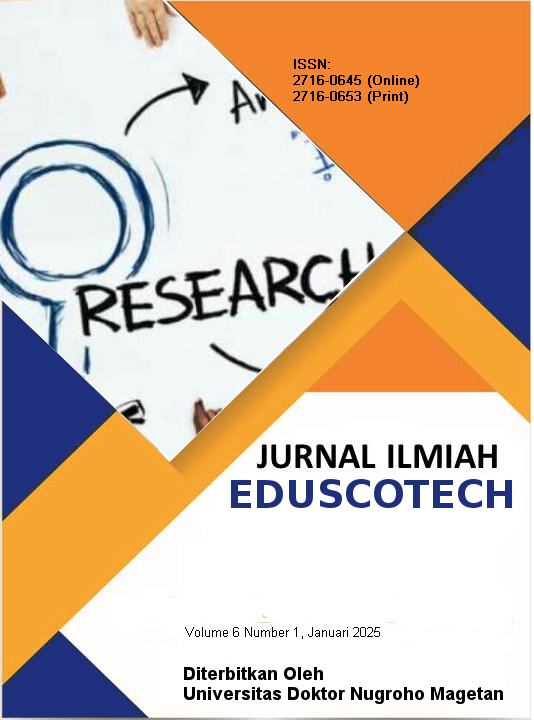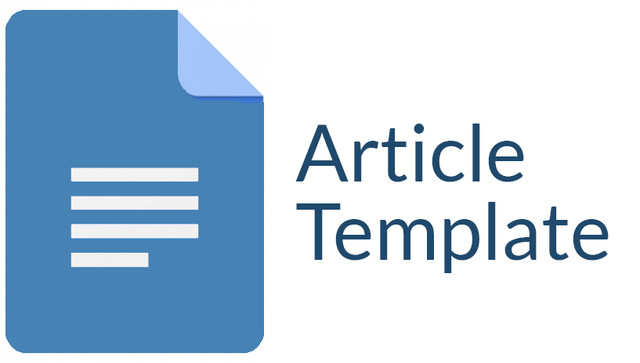Analisis Umur Rencana Perkerasan Komposit : Simulasi Studi Kasus Pelaksanaan Pelebaran Jalan Raya Magetan - Plaosan
Keywords:
design service life, composite pavement, road widening, simulation, KENPAVE, AASHTO, MDP 2017Abstract
Road widening is a strategic effort to improve road capacity and performance, particularly on routes experiencing high traffic volumes. However, the resulting composite pavement structure presents specific technical challenges, especially in accurately predicting pavement service life. This study aims to analyze the design service life of composite pavement on the Magetan–Plaosan road segment through simulations based on field conditions and actual traffic loads. The methods employed include empirical and mechanistic-empirical approaches such as AASHTO 1993, the 2017 Indonesian Road Pavement Design Manual (MDP 2017), and modeling using the KENPAVE software to evaluate vertical and horizontal strains. The simulation results show varying service life estimates depending on the method applied, ranging from 13 to 18 years. These differences are influenced by design parameters, layer thicknesses, and the magnitude of daily axle loads. The study recommends a comparative approach among methods to produce more accurate and locally relevant service life estimations. The findings are expected to serve as a reference for efficient, cost-effective, and sustainable road widening planning.
Downloads
References
AISYAH, L. (2023). Identifikasi Kondisi Perkerasan Kaku Menggunakan Pedoman Indeks Kondisi Perkerasan (IKP) Pd-01-2016-B (Studi Kasus: Ruas Jalan Cangkorah, Kabupaten Bandung Barat). RekaRacana: Jurnal Teknik Sipil Vol. 09 | No. 03 , 207- 215.
Atmy Verani Rouly Sihombing, D. P. (2021). Kinerja Perkerasan Jalan Menurut Pedoman IKP PD-01-2016-B (Studi Kasus : Jalan Nasional Losari – Cirebon KM 26+500 – 30+000). POTENSI Vol. 23, No. 2 , 92-101.
Farida Yudaningrum, I. (2017). Identifikas Jenis Kerusakan Jalan (Studi Kasus Ruas Jalan Kedungmundu-Meteseh). TEKNIKA ,Vol. XII No. 2 , 1-54.
Ismono Kusmaryono, C. R. (2020). Analisis Kondisi Kerusakan Permukaan Perkerasan Jalan Lentur Menggunakan Pedoman Penentuan Indeks Kondisi Perkerasan dan Penanganannya Pada Jalan Raya Bogor di Kota Depok. Jurnal Teknik Sipil/Vol. X No. 1 , 25-33.
Ismono Kusmaryono, M. F. (2022). Kajian Tingkat Kerusakan Jalan Aspal Serta Metode Penanganannya Berdasarkan Pedoman Indeks Kondisi Perkerasan (IKP) Pd 01- 2016- B (Studi Kasus: Jalan Raya Limbangan, Kab. Garut, Jawa Barat). Jurnal Teknik Sipil/Vol. XI No. 2 , 15-25.
M. Rafli Yudhzan, A. P. (2023). Strategi Pemeliharaan Berdasarkan Kondisi Fungsional Jalan Menggunakan Metode Indeks Kondisi Perkerasan (IKP) Dan International Roughness Index (IRI) Dengan Aplikasi Roadroid. E-ISSN:2745-6080 , 1-5.
Marga, K. P. (2016). Manual Pelaksanaan Rehabilitasi dan Rekonstruksi Jalan Perkerasan Lentur. Jakarta: Kementrian PUPR dan Direktorat Jendral Bina Marga. Marga,
K. P. (2011). Perbaikan Standar untuk Pemeliharan Rutin Jalan. Jakarta: Kementrian PUPR.
Muhamad Aldinnur Biriansyah, A. H. (2022). Analisis Kondisi Kerusakan Permukaan Jalan Pada Perkerasan Lentur Dengan Metode PCI (Pavement Condition Index). Jurnal Artesis. Vol.2 (1) , 26-31.
Nunu Nurfahma, B. W. (2022). Penilaian Kondisi Jalan Dan Rekomendasi Penanganan Menggunakan Pedoman Penentuan Indeks Kondisi Perkerasan (IKP) Dan Road Condition Index (RCI). FTSP Series Institusi Teknologi Nasional Bandung , 65-
74. Pusat Penelitian dan Pengembangan Jalan dan Jembatan, B. P. (2016). Penentuan indeks kondisi perkerasan (IKP). JAKARTA: KEMENTERIAN PEKERJAAN UMUM DAN PERUMAHAN RAKYAT.
Rakyat, K. P. (2022). Undang-Undang Nomor 2 Tahun 2022 tentang Perubahan Kedua Atas Undang-Undang Nomor 38 Tahun 2004 Tentang Jalan. Jakarta: Kementerian PUPR.
Resma Meilani, F. (2023). Analisis Kinerja Struktural Flexible Pavement Terhadap Kerusakan Jalan Serta Tindakan Prevervasi. CRANE : Civil Engineering Research Journal, VOL. 4, NO. 2 , 15-20.
Downloads
Published
Issue
Section
License

This work is licensed under a Creative Commons Attribution-ShareAlike 4.0 International License.
Authors who publish with this journal agree to the following terms:
1. Copyright on any article is retained by the author(s).
2. The author grants the journal, right of first publication with the work simultaneously licensed under a Creative Commons Attribution License that allows others to share the work with an acknowledgment of the work’s authorship and initial publication in this journal.
3. Authors are able to enter into separate, additional contractual arrangements for the non-exclusive distribution of the journal’s published version of the work (e.g., post it to an institutional repository or publish it in a book), with an acknowledgment of its initial publication in this journal.
4. Authors are permitted and encouraged to post their work online (e.g., in institutional repositories or on their website) prior to and during the submission process, as it can lead to productive exchanges, as well as earlier and greater citation of published work.
5. The article and any associated published material is distributed under the Creative Commons Attribution-ShareAlike 4.0 International License









